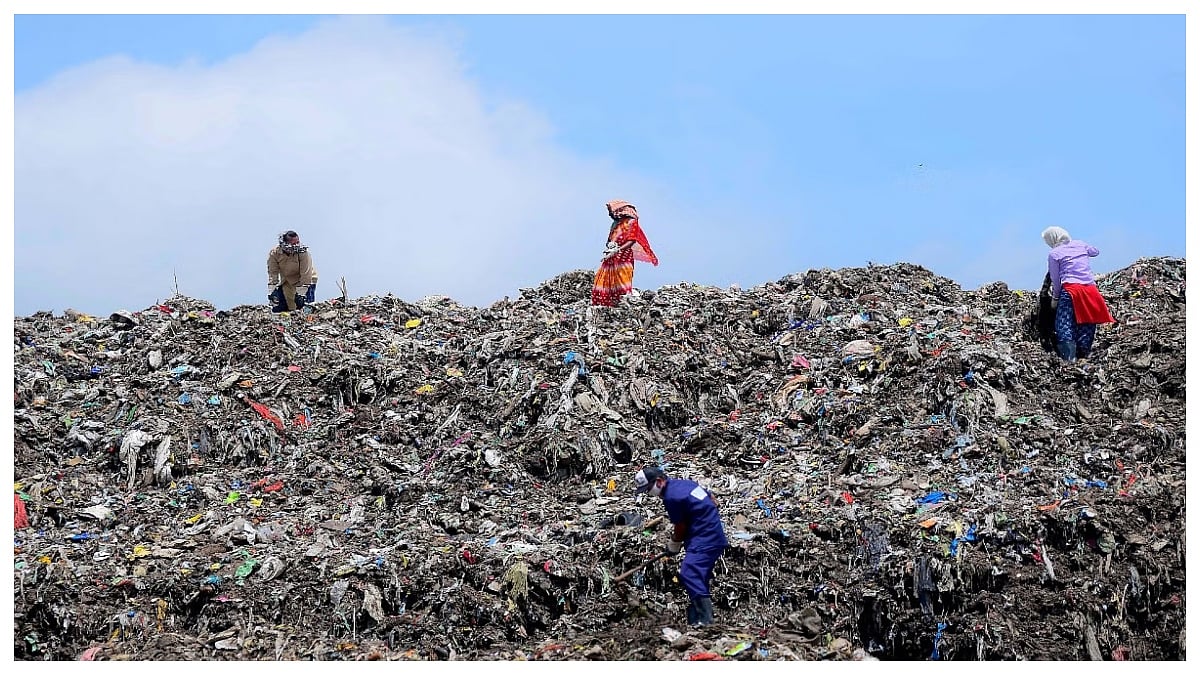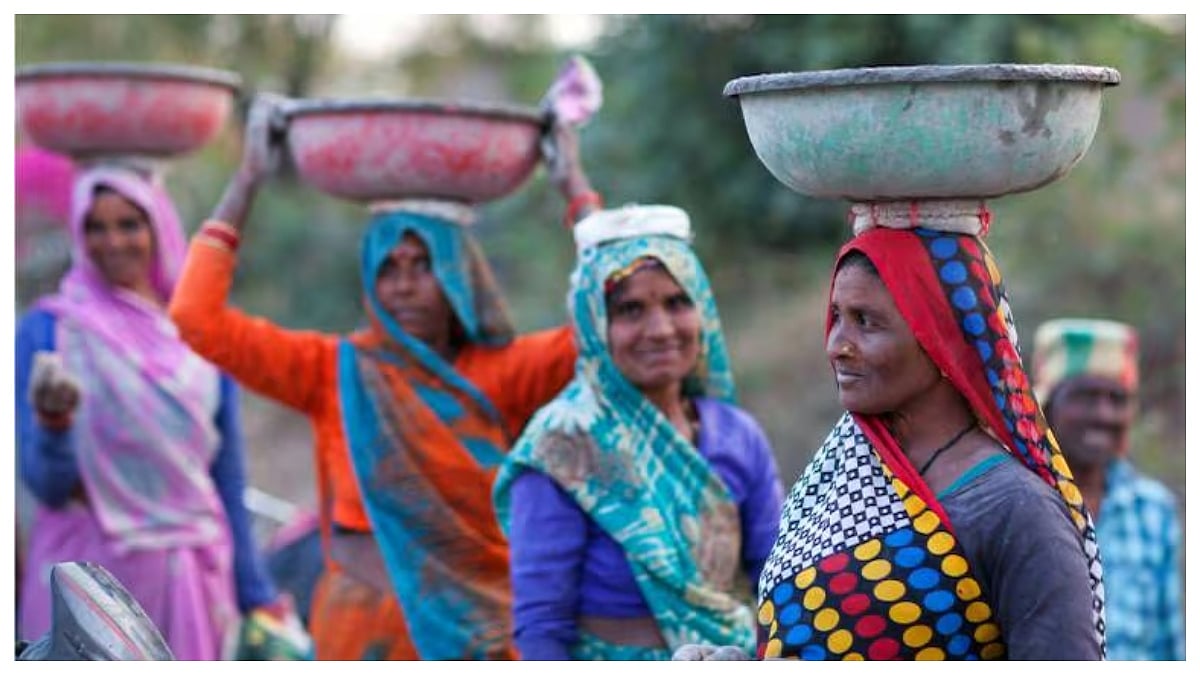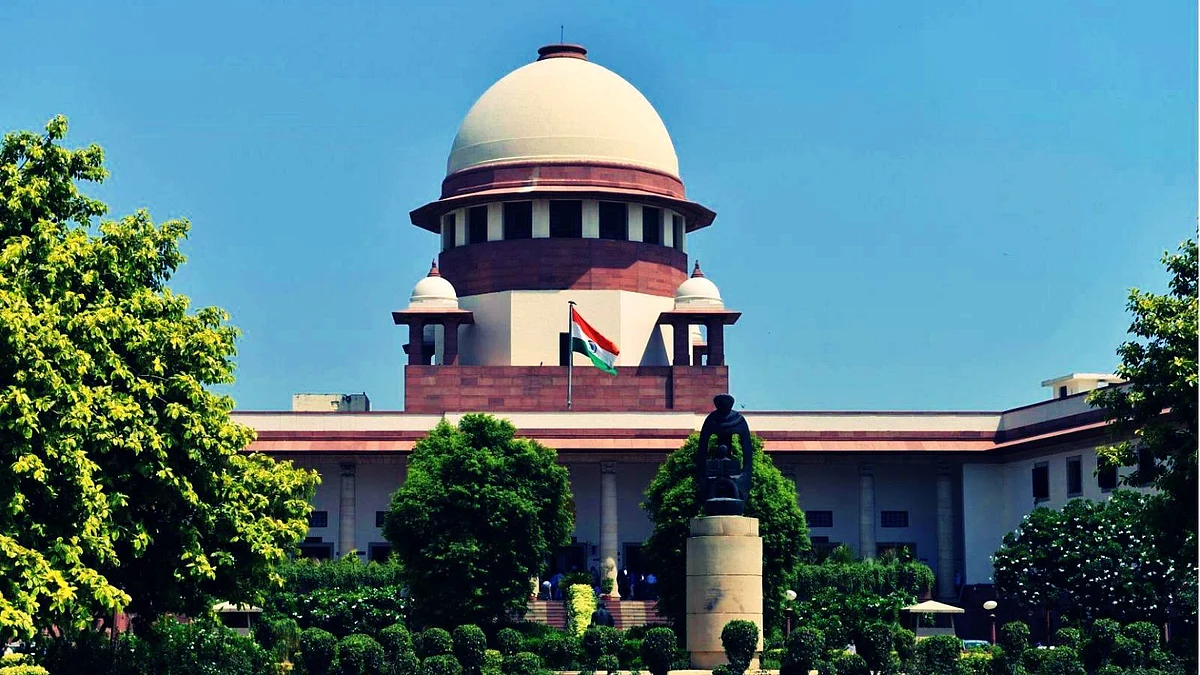Today is the International Day for Biological Diversity but why celebrate it in the middle of a raging pandemic? Yes, we know that endangered species must be protected and that biodiversity is the key to understanding nature, yet, is there any connection between biodiversity and pandemics? The answer is, yes.
Scientists have yet to zero down on the exact interrelation but there is enough evidence to say that deforestation and degradation of the environment increases the risk of pandemics. In fact, researchers are trying to fathom the links between biodiversity loss and emerging diseases and use that information to predict and stop future outbreaks. However, more of that later.
The eight million species of animals and plants on earth today are the result of billions of years of evolution. The United Nations says that one million of them are heading for extinction and that we are losing species at a rate faster than any other time in human history.
Diverse flora
India is blessed. It ranks fourth in Asia and tenth in the world in plant diversity. Of the world’s 36 biodiversity hotspots -- a biogeographic region characterised both by exceptional levels of plant endemism and by serious levels of habitat loss – four are in India. They are the Himalayas, the Western Ghats, the mountain range from Gujarat to Kerala, the Indo-Burma region and the Nicobar group of islands.
This writer once met an elderly adivasi woman in Vanvadi forest collective in Neral (which is not far from Mumbai and falls in the Western Ghats) who took him on a walk to show how they used to survive solely on forest produce. The world is only now discovering the nutritional and medicinal values of these roots and shoots.
According to the International Union for Conservation of Nature (IUCN), the number of threatened Indian species was 1,065 in 2017, up 7.8 per cent from 2014 when the number was 988. Among the 70-plus critically endangered animals in India are the Bengal tiger, the snow leopard, the Great Indian Bustard, one of the heaviest of the flying birds, the Ganges dolphin, the Kashmiri red stag (Hangul) and the Nilgiri mountain goat (Tahr).
The number of Indian plants in the IUCN Red List has been steadily on the rise. In 2008, it featured some 246 species while in 2014, this number went up to 332. As of September 2019, as many as 48 of them were critically endangered. Equally alarming is the government’s lackadaisical response to the systematic destruction of mangroves by land sharks, illegal sand mining and quarrying and the discharge of untreated effluents into rivers and the sea.
Nature's pollinators
Every species plays a part in the ecosystem; the role of honey bees in pollinating many of our superfoods, including berries, nuts and avocados is well known. Small forest animals are not attractive enough for wildlife channels but they are valuable because they trample leaf litter, burying seeds and decaying plant material into the soil. This small act helps the root systems of the forests to stay moist and nutrient rich, helping the trees attract water from the clouds. One such animal, the Pygmy Possum, feared to have been lost in the Australian bushfires of 2019-’20, was discovered recently on Kangaroo Island.
When species disappear, they take with them not only important pieces of natural history but also significant pieces of the planet’s biodiversity puzzle that makes sense only when it is unified, say scientists. Habitat destruction, chemical pollution and climate change are the drivers for biodiversity loss. Then, there’s the over-utilisation factor too; humans exploiting natural resources for mass consumption faster than the earth can replenish them; overfishing, for instance.
Sometimes local crop species, best suited for the area, are abandoned in favour of fast-growing hybrid varieties. Venkat Iyer, a techie-turned-organic farmer, writes in his book, ‘Moong over Microchips’, how he found the seeds of Kasbai, a fragrant and hardy variety of rice indigenous to Dahanu in Maharashtra, after a long search.
Habitat loss
Scientists predict that on our current trajectory of habitat loss and global warming, between one-third and one-half of all species will face extinction by the end of this century. Their disappearance will upend ecosystems and destabilise human civilisation.
Returning to the link between biodiversity loss and pandemics: Scientists say that the destruction of habitats is leading to increased contact between humans, wildlife and livestock, as people move into forest areas. An estimated 8,50,000 viruses exist in a variety of animals and many of them could make the jump to humans in coming years and decades — a dreadful prospect that needs no explanation.
According to the Intergovernmental Science-Policy Platform on Biodiversity and Ecosystem Services (IBPES), “Seventy per cent of emerging diseases — such as Ebola, Zika and HIV/AIDS — are zoonotic in origin; they circulate in animals before jumping to humans.”
Experts connected with the IPBES say that the ongoing Covid-19 pandemic is the sixth such pandemic since the devastating influenza outbreak of 1918, popularly known as the Spanish flu, and all of them have been “entirely driven by human activities”.
Biological Diversity Act
Coming back to India, we enacted the landmark Biological Diversity Act in 2002, to focus on conservation of biodiversity and ensure fair and equitable sharing of benefits arising out of the utilisation of biological resources and associated knowledge.
This was followed up with the 2018 judgment of the Utttarakhand high court, which held that “biological resources are also the property, in a manner of speaking, of the indigenous and local communities (adivasis) who have conserved it through centuries”.
However, the Biological Diversity Act was mostly on paper till 2016, when a case was filed in the National Green Tribunal (NGT) to ensure its proper implementation. Thanks to the NGT order, there has been a significant improvement in the formation of Biodiversity Management Committees and People’s Biodiversity Registers (PBR), which are the basic records of a region’s biological resources such as plants, animals and the traditional knowledge of the local people.
Experts estimate that the country is losing a minimum of Rs 30,000 crore annually by not implementing the Biological Diversity Act, which has provisions for access and benefit sharing for commercial utilisation of bio-resources.
Tree census
The municipal corporation of Mumbai, prodded by the high court, held the first meeting of its biodiversity management committee on January 18 this year. Nothing is known about the PBR of Mumbai. For that matter, much needs to be done about the civic tree census also.
Details of 2,300 species were recorded in the PBR of Pune by June 2019. Close home, environmental activist Jyoti Nadkarni and her group have spotted 160 species of birds in the bustling new suburb of Kharghar, Navi Mumbai, where she lives. Another activist, Sunil Agrawal, has saved the feeding grounds for flamingoes near his house in Seawoods, Navi Mumbai, from being usurped for construction. The Save Aarey campaign is now a textbook case.
Citizens are doing their bit to conserve the biodiversity in their localities, to fight pollution, to plant native Indian trees, to contribute to the PBR and to update the India Biodiversity Portal apart from shunning single-use plastic, reducing water and food waste and ‘thinking global but acting local’.
To end with, a meme on Nature’s revenge: The first panel shows a trailer truck laden with logs, the second one shows oxygen tankers.
The writer is an independent journalist based in Mumbai. He welcomes feedback on anilsinghjournalist@gmail.com










